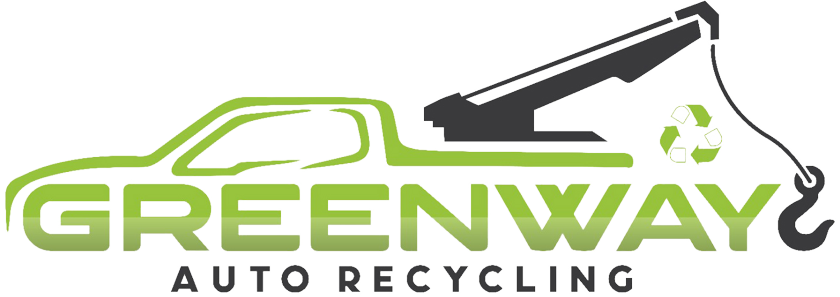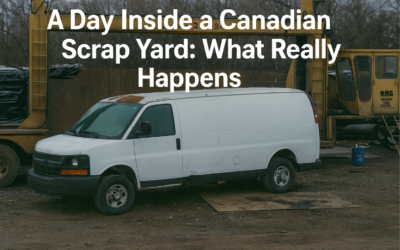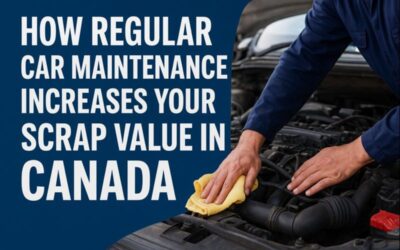Introduction
Dealing with salvage cars can be tricky. It’s often hard to tell who’s offering a fair price for your junk car and who’s a trustworthy player in the industry. Many times, you may come across many appealing deals on salvage cars, and it’s important to know what it means. So, today we will explain what a salvage car is and the process of making it drivable.
What is a Salvage Car?
A car is considered a salvage vehicle when it’s so severely damaged that the cost of repairs exceeds its original market value. These cars are typically non-functional and often sold for scrap. However, just because your car isn’t running now doesn’t mean it can’t be made drivable again. You can put your funds to repair the salvage car and run it on the roads.
Is It Legal To Drive a Salvage Car in Ontario?
No, you cannot legally drive a salvage car in Ontario. However, you can repair it and follow a specific process to make it roadworthy again. This process involves several steps:
1. Repairing the Salvage Car
The first step is repairing your salvage car. The cost and scope of work will depend on the extent of the damage. You may also need to replace certain auto parts, which adds to the overall expense. Be sure to identify and fix any technical faults as well.
2. Structural Inspection
After completing repairs, your vehicle must undergo a structural inspection to ensure it meets safety and integrity standards. This will make sure that it meets safety and security standards. You need to inspect your car by hiring a licensed technician.
3. Obtain a Safety Standards Certificate
Once your car passes the structural inspection, you must obtain a Safety Standards Certificate. This certificate confirms that the car meets all the safety standards to run on the roads in Ontario.
4. Rebranding the Vehicle
After obtaining the Safety Standards Certificate, the Ministry of Transportation will rebrand the vehicle status from “Salvage” to “Rebuilt.” This allows you to legally drive it on public roads again..
5. Registration and Insurance
Once you get the car status clear, you can register and insure your vehicle. insurance premiums can be higher for a rebuilt car. Also, some insurance companies may not agree to insure rebuilt cars.
Also Read: Can I drive a Used Car I just bought without plates in Ontario?
Why You Might Consider Selling a Salvage Car?
Repairing a salvage car can be expensive and time-consuming. Depending on the extent of the damage, repair costs may exceed the vehicle’s original value.
That’s when the auto wreckers come into the picture. It’s best to sell your salvage car instead of putting too much money into repair work. You can find a genuine scrap car buyer like Greenway Auto Recycling to get cash for junk cars.
Also Read: Scrap Car Removal vs. Selling: Which Option is Best for You?
Greenway Auto Recycling: Your Trusted Partner in Junk Car Removal
At Greenway Auto Recycling, we make scrap car removal simple. If you’re looking to sell your salvage car, we offer competitive cash payouts and free towing services.
We are one such scrap car removal company that offers you all the services from start to end. It doesn’t matter if your car is damaged or wrecked, we buy all types of cars from you and offer you fair prices.
Conclusion
Driving a salvage car in Ontario is possible—if you follow the proper steps, including repairs, inspections, and rebranding. However, this process can be costly and may not always be worth the investment. At Greenway Auto Recycling, we provide an easier and eco-friendly alternative. If you have a damaged or unwanted vehicle, call us at (416) 783-9026 to sell your scrap car for top dollar.





